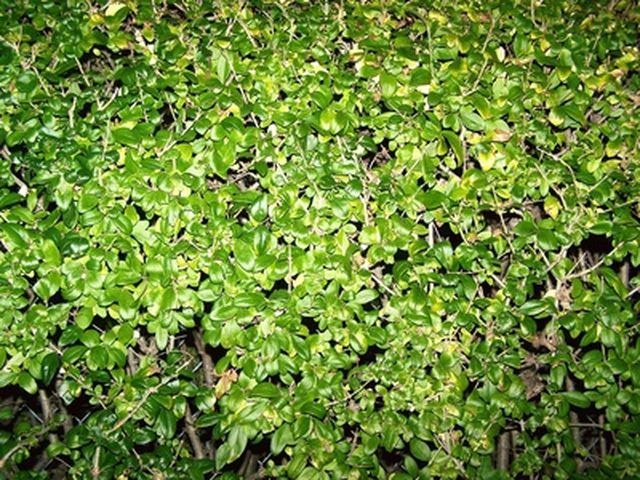Bulbs
Flower Basics
Flower Beds & Specialty Gardens
Flower Garden
Garden Furniture
Garden Gnomes
Garden Seeds
Garden Sheds
Garden Statues
Garden Tools & Supplies
Gardening Basics
Green & Organic
Groundcovers & Vines
Growing Annuals
Growing Basil
Growing Beans
Growing Berries
Growing Blueberries
Growing Cactus
Growing Corn
Growing Cotton
Growing Edibles
Growing Flowers
Growing Garlic
Growing Grapes
Growing Grass
Growing Herbs
Growing Jasmine
Growing Mint
Growing Mushrooms
Orchids
Growing Peanuts
Growing Perennials
Growing Plants
Growing Rosemary
Growing Roses
Growing Strawberries
Growing Sunflowers
Growing Thyme
Growing Tomatoes
Growing Tulips
Growing Vegetables
Herb Basics
Herb Garden
Indoor Growing
Landscaping Basics
Landscaping Patios
Landscaping Plants
Landscaping Shrubs
Landscaping Trees
Landscaping Walks & Pathways
Lawn Basics
Lawn Maintenance
Lawn Mowers
Lawn Ornaments
Lawn Planting
Lawn Tools
Outdoor Growing
Overall Landscape Planning
Pests, Weeds & Problems
Plant Basics
Rock Garden
Rose Garden
Shrubs
Soil
Specialty Gardens
Trees
Vegetable Garden
Yard Maintenance
Wax Leaf Privet: How to Care for Them
Wax Leaf Privet: How to Care for Them. The wax-leaf privet (Ligustrum japonicum 'Texanum') is the classic hedge shrub. With its compact habit and tolerance to heavy pruning, the wax-leaf privet is useful as a windbreak, a privacy screen and as a background to bedding plants. In the spring, the wax-leaf privet blooms with small, fragrant white...

The wax-leaf privet (Ligustrum japonicum 'Texanum') is the classic hedge shrub. With its compact habit and tolerance to heavy pruning, the wax-leaf privet is useful as a windbreak, a privacy screen and as a background to bedding plants. In the spring, the wax-leaf privet blooms with small, fragrant white flowers. Overall, this plant requires little care and is hardy to USDA zones 7 to 11.
Things You'll Need
Fertilizer
Insecticidal soap
Pruning shears or loppers
Water the wax-leaf privet, during its first year, so the soil remains moist, but not soggy. The mature wax-leaf can withstand drought conditions, so water when the soil is dry.
Fertilize the wax-leaf privet with a 4-3-3 formula. Apply the fertilizer to wet soil, in the spring, at the rate suggested on the package.
Inspect the wax-leaf privet for pests. White flies are a common pest and can be controlled with insecticidal soap, according to package directions.
Prune the wax-leaf privet regularly to keep it to the desired shape and size. Horticulturists with the University of Florida recommend that you keep the top of the shrub narrower than the bottom to allow light to reach the lower branches. Use the pruning shears to snip off any undesired branches by cutting them back to their point of origin.